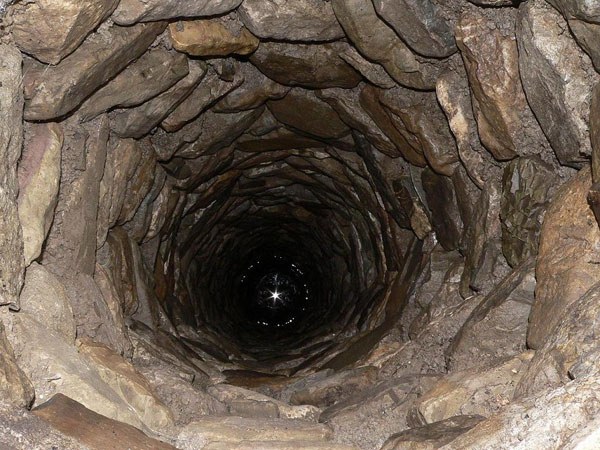Instruction
1
The depth of the well, the first question that interests the customer. Come to think of it, when the neighbor to the right – a well no deeper than 10 meters, and the neighbor on the left, artesian well on all 150. To answer this question, we need to have a General understanding of aquifers, soil and quality of groundwater in each layer.
2
Experts identify four main "species" of groundwater (the depth of their occurrence varies from region to region, soil composition and other factors, but the overall picture is useful): top of water flowing at a depth of 3-5 meters; water flowing at a depth of 30 meters (constructed structure); the water flowing to a depth of 50 meters (borehole); the water flowing to a depth of 200 meters (artesian well). The first three types of waters belong to the clay-sandy soil layers, and the last one – to the deposits of limestone. The deeper the well, the greater the amount of water it can "provide". The chemical composition of water can vary considerably, even if both layers of it, the difference is only one or two meters.
3
Answering the question of how deep to dig a well, you need to proceed from their own needs and objectives. If the water is necessary to plot only for irrigation, shallow wells 3-5 meters.
4
If the water is planned to eat, then you need to dig deeper to exclude pollution of water with sewage. Small wells are designed to provide water to plots with a low level of comfort only during the summer period. The service life of such wells is small, the performance is approximately half cubic meters per hour. Not always the depth of the well affect water quality, and usually in the upper layers of the water suitable for use (if there are gutters).
5
If water well is required for industrial purposes, it must be of sufficient depth to produce from it the required amount. For these purposes, and for the maintenance of the house year-round, suitable artesian well. It is durable (lasts up to 50 years) and contains sufficient water of good quality.
Note
The question of depth - not only important in the process of drilling a well. There are sanitary norms drilling that require to take into account the distance from the nearest buildings, as well as planned construction in the future.
Useful advice
Before drilling you should order a hydrogeochemical study of the soil to determine the best drilling location and the approximate depth of the well. After drilling produced water must be analyzed for chemical composition and suitability of food.
